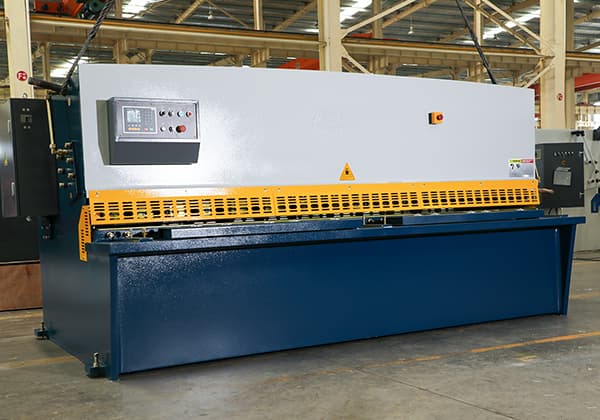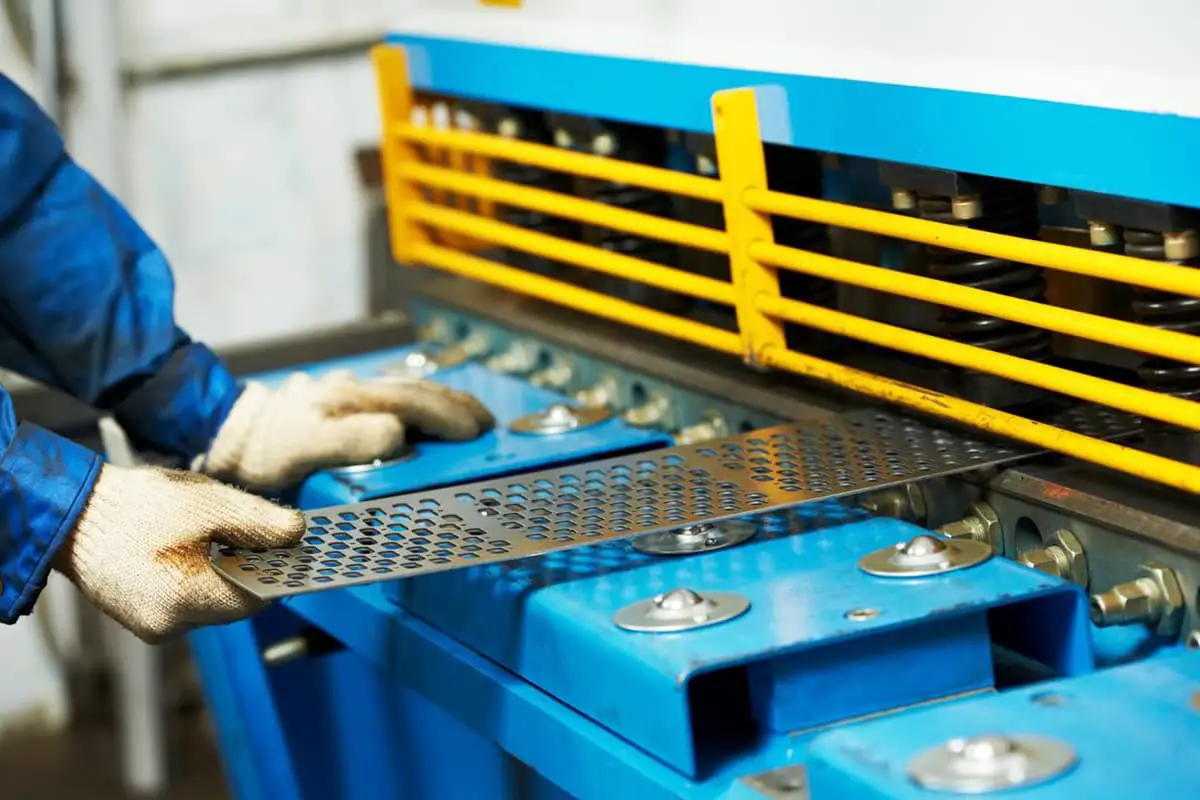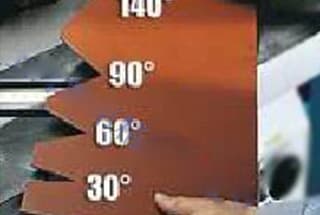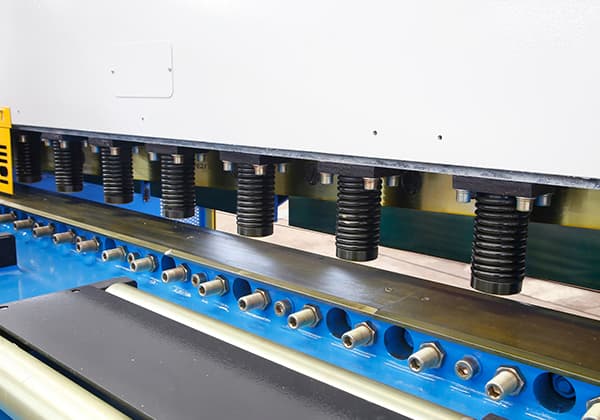
Are your guillotine shears producing uneven cuts? This guide explains the essential steps to ensure your shears are functioning accurately. You’ll learn how to measure geometric precision, check blade alignment, and verify positioning accuracy. By following these steps, you’ll achieve precise cuts every time. Read on to enhance your shearing operations and maintain optimal performance.

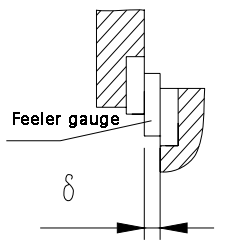
Inspection method and diagram
Adjust the shear angle to zero, jog the tool holder downward until the upper and lower blades coincide for 1-2mm along the whole length, and then turn off the main motor.
Measure the edge clearance at 50mm away from the end face of the blade, and then every 150mm along the blade. Calculate the error by taking the difference between the maximum and minimum clearances.
Tolerance: 0.05mm.
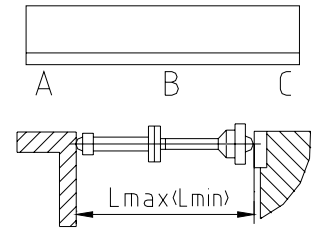
Inspection method and diagram
Adjust the stopper to its maximum and minimum positions and measure the distance between the stopper and the lower blade at multiple locations, taking at least three measurements per meter. The error is calculated as the maximum value within any 1000mm length.
Note: The error value at point B is only allowed to be larger.
Tolerance (mm): 0.2/1000.

Inspection method and diagram
Three target positions shall be evenly set along the entire stroke of the rear stop, positioned from a fixed reference point based on the linear or step cycle positive (or negative) feed.
The actual distance of the rear stop should be measured using an inner micrometer, and the error should be calculated as the maximum difference between the set position and the actual position.
Tolerance (mm): ±0.10

Inspection method and diagram
Set the rear stop to a specific position, feed from the reference point to the target position, and secure the indicator on the magnetic meter base at the target position. The error is calculated as the difference between the maximum and minimum error values.
Tolerance (mm): 0.05

Inspection method and diagram
Place the test piece on the platform and position a 1000mm long inspection ruler against its shear surface. Measure the gap between them using a feeler gauge, and calculate the error as the maximum gap value.
Tolerance (mm): 0.2/1000
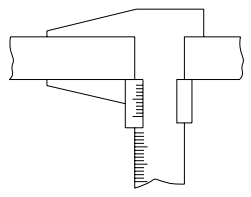
Inspection method and diagram
Measure the width of the test piece at multiple locations (at least three per meter) using a vernier caliper. The error should be calculated as the maximum reading difference within any 1000mm length.
Tolerance (mm): 0.2/1000
Note: Requirements for Test Pieces for Working Accuracy Inspection:



